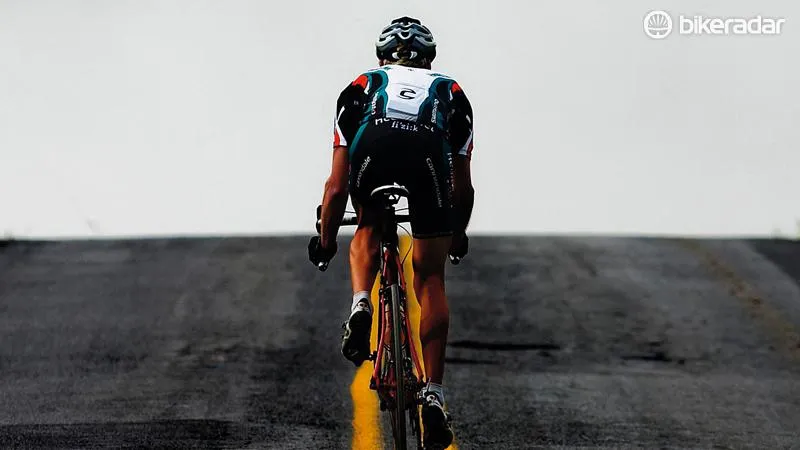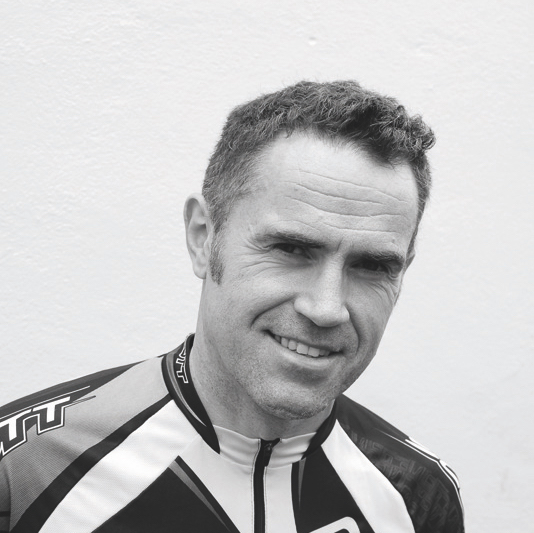Want to use your time on the bike as efficiently as possible? Sure, simply riding your bike will improve your fitness and handling skills, but when time is precious and scarce you want to make the most of it. If you want to really improve, these training techniques will make sure you get a decent workout whether you have five minutes or two hours.
- Cycling fitness: 25 top tips to be a fitter rider
- 6 ways to improve your training recovery time
- Heart rate monitor training for cyclists
Even better, many of these training techniques are easy to slot into a ride to the shops or your cycle commute to work. From short intense sessions where you spin and grind, to longer weekend rides with set intervals, it all gets easier when you know you are using your time effectively. Your power-building commute or inspirational indoor ride awaits...

5 minutes
Spin to shops, short commute or brief indoor spin in normal clothes on rollers or indoor trainer: Keep the intensity light as you have little time to warm up muscles and joints. Keep cadence high but purposeful — press and lift — don't be lazy and grind a low cadence. Enjoy what brief time you have, but fend off the urge to go flat out.
Benefits: You are in touch with the bike so it reminds you of handling skills and reminds the legs about going in circles, which is vital for good coordination. It may be a very small fix, but the fun of just riding can be enough to keep cold turkey at bay and highlight any mechanicals you need to sort before the next real ride.
15 minutes
Short commute: After five minutes of spinning, throw in 10-second sprints from stops or every two minutes, when safe to do so.
Indoor ride: Warm up as above, then close your eyes and focus on counting 15 seated powerful revolutions every two minutes. Ensure the last two minutes are light spinning.
Benefits: With more time, you can have concerted 10-second efforts that push the muscle fibres at top power output, but are too brief to cause excessive fatigue. It can be fun sprinting, knowing that you are boosting your metabolism and power in a very short time.
30 minutes
Commute: Use the morning ride to focus on high cadence smooth pedalling (95-105rpm).
Evening ride: Five minutes steady riding; five minutes with a 10-second modest sprint every minute; 15 minutes using any hills or headwind to push a big gear at 60rpm; five minutes spin down.
Indoors: Five minutes steady riding; five minutes with 10-second seated sprint every minute; 15 minutes using a high resistance to push a big gear at 60rpm; five minutes spin down.
Benefits: Combining short sprints in the warm-up with low cadence power work gives the legs a good going over, recruiting various muscle fibres and developing your ability to pedal smoothly. It's not something to do every ride, but if you've been too used to staying on the small chainring then pushing a big gear can bring a new strength to your riding.
1 hour
Training ride: First 20 minutes on flat terrain, light gear at 90-100rpm focusing on smooth pedal action; core 20 minutes rolling terrain on big chainring pushing at 60-70rpm but keeping your upper body still; 10 minutes with explosive 10-second hill efforts every two minutes; 10 minutes cool down spin. If this is your commute, do the above on your way home two or three days a week, and on the other journeys keep a moderate to high cadence with smooth pedal action (90-110rpm).
Benefits: Combining various amounts of effort and different terrain means many muscles are trained, and all energy systems are used in your 60 minutes.This should not be the only session you do, but complete it two or three times a week and it's very effective.
2 hours
Weekend training ride: As long as other varied rides have been done in the week, keep the effort relaxed and the cadence moderate (80-90rpm). If you've done little other riding, vary your ride with some opposites training: low gear on the flat (>95rpm) and high gear uphill (<65rpm).
Indoor ride: Some people have to do indoor workouts due to location, time or childcare. Keep it varied to maintain interest.
For simplicity: 30 minutes warm-up of steady to moderate riding; one-hour workout (above); 30 minutes light spinning.
Benefits: Longer periods in the saddle teach the body to tap fats and lactate for fuel alongside glycogen (carbohydrate). Keeping your focus on cadence stops the gradual decline of rpm that can come when fatigue slowly builds.Sometimes a longer ride means more variety of terrain, which will ultimately improve your handling. To get the most from this, occasionally pick a very technical and hilly course to vary your skills; the benefits are that no road ever surprises you in the future.
Remember! The 75 percent rule...
Research from the European University of Madrid supports the theory that the greatest gains in performance occur when more than three-quarters of your training is done below 75 percent maximum heart rate (MHR).
The study suggests, though, that this base be supplemented with around 10 percent of your weekly work in excess of 90 percent MHR. The key factor seems to be making the training effort hard (>90 percent) or easy (<75-80 percent MHR), and not training regularly in the no man's land between these zones. So choose one or the other for your training session, and mix it up across the week.

